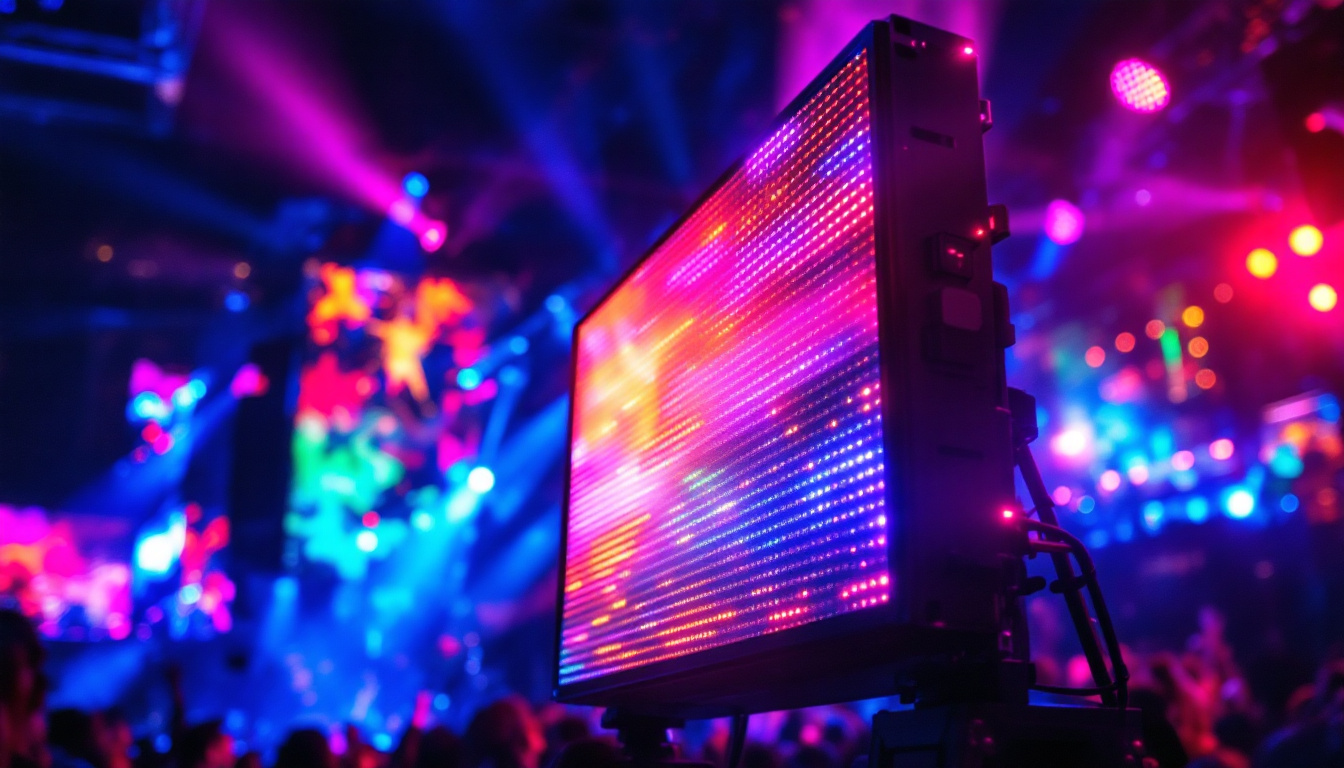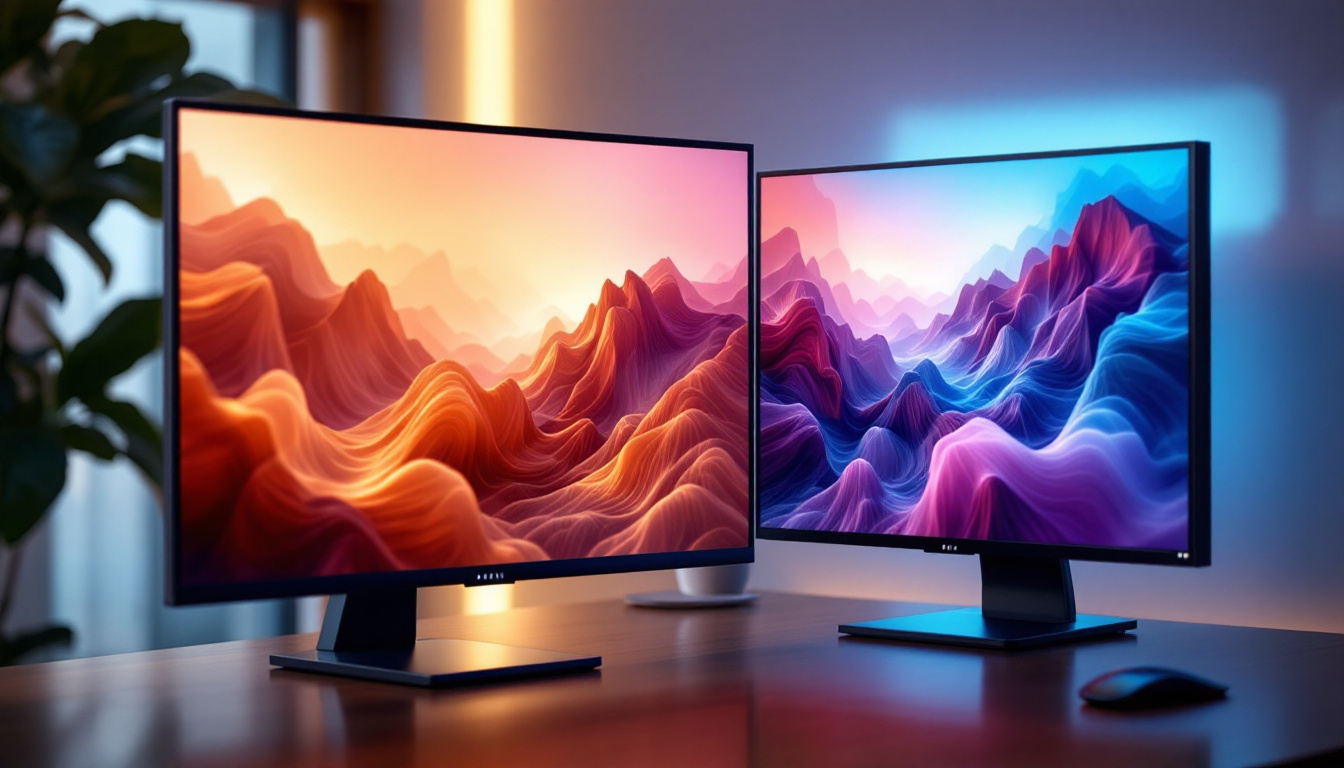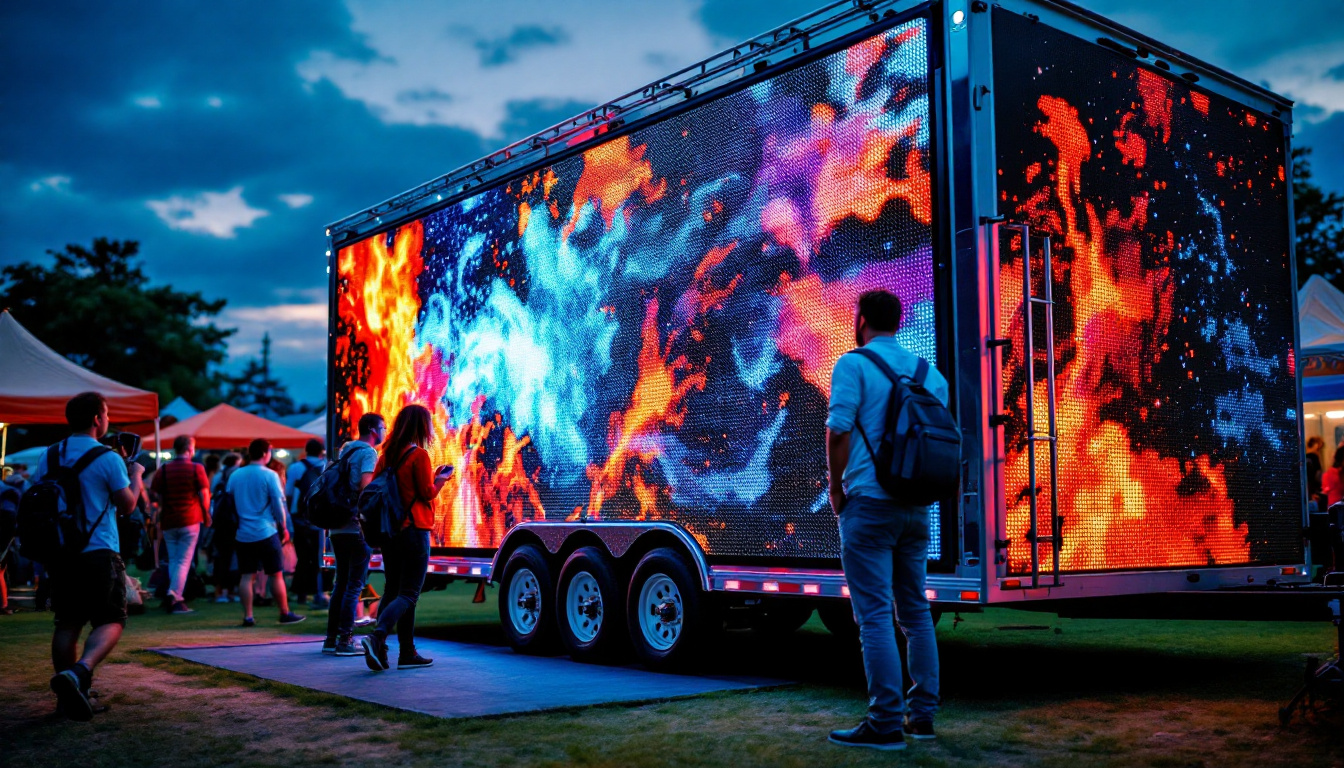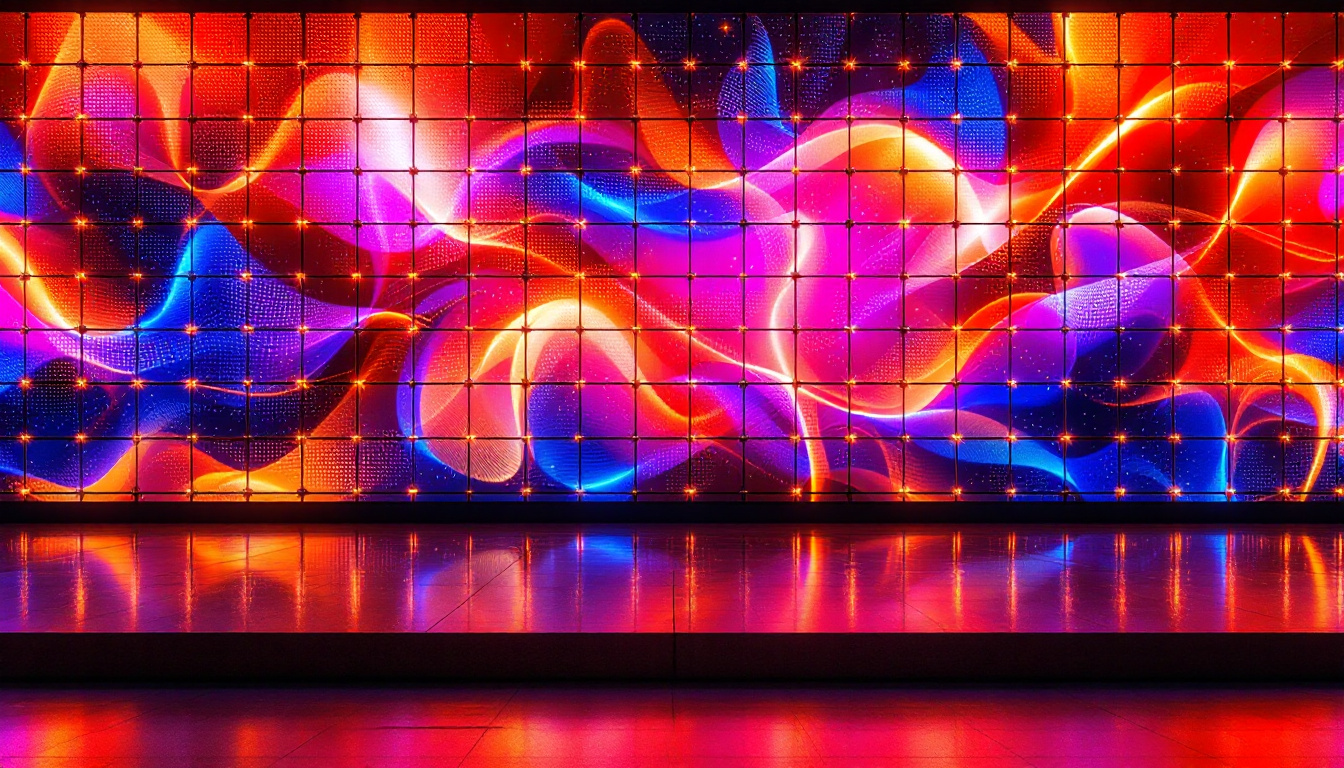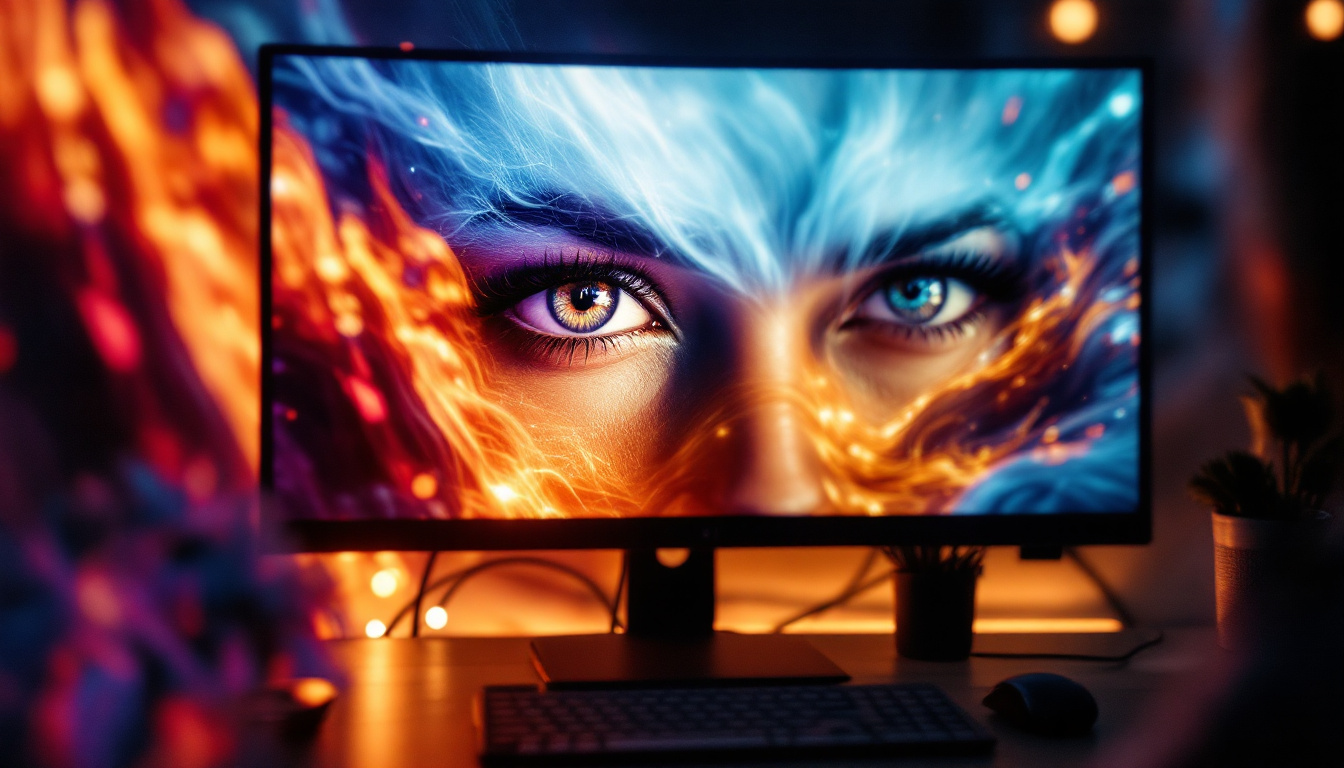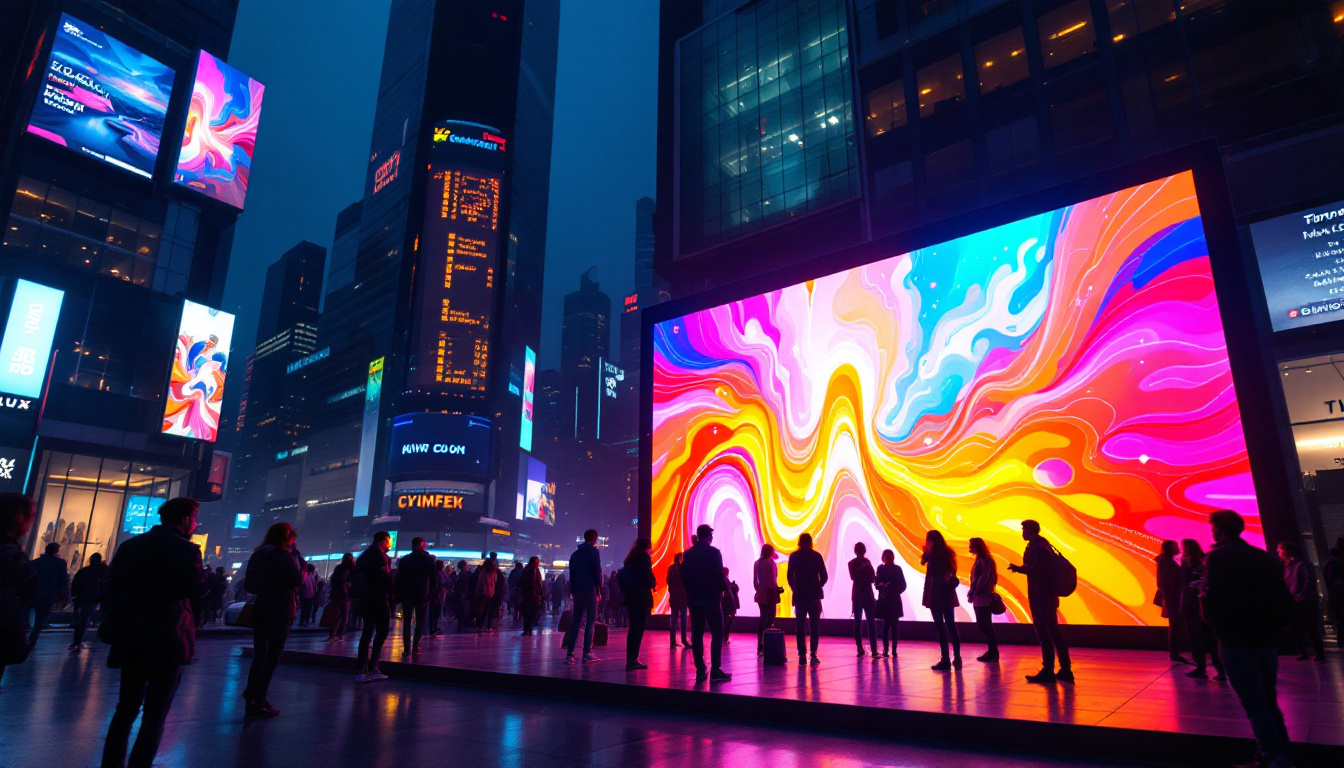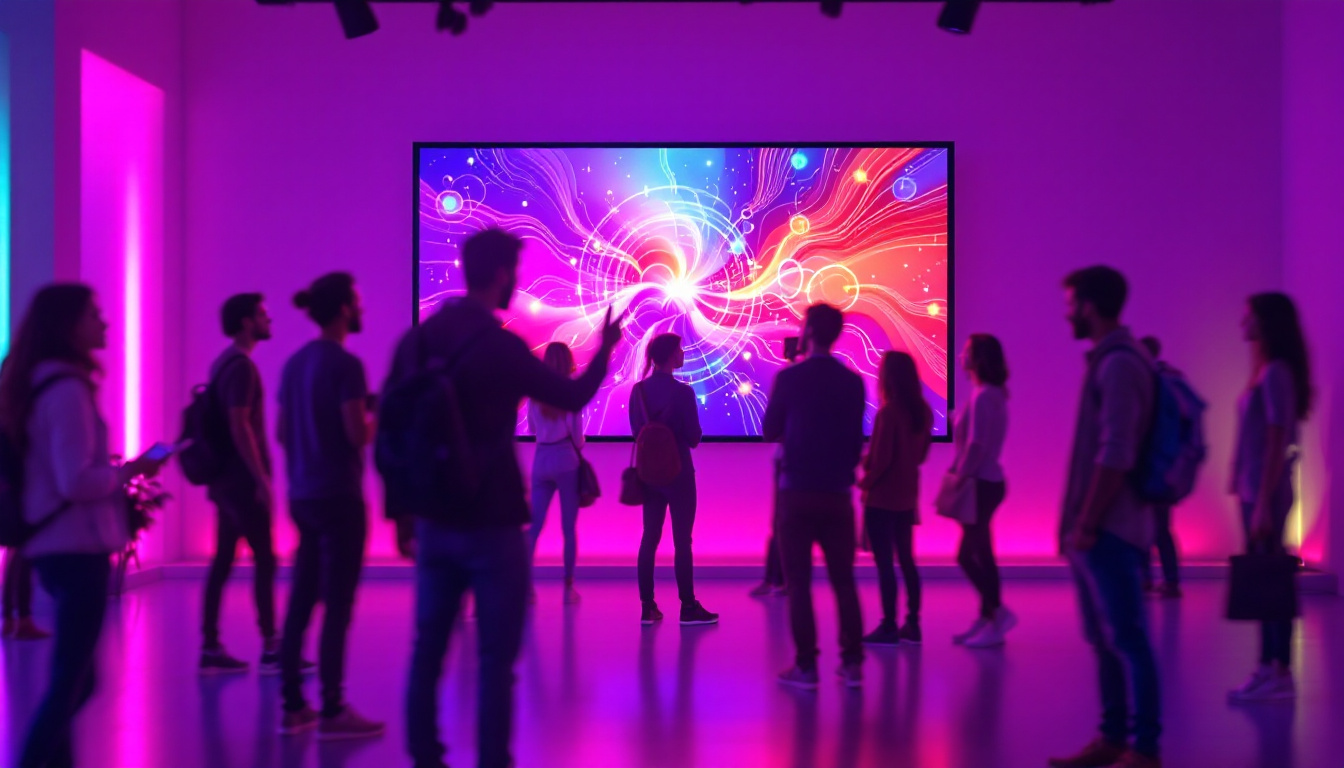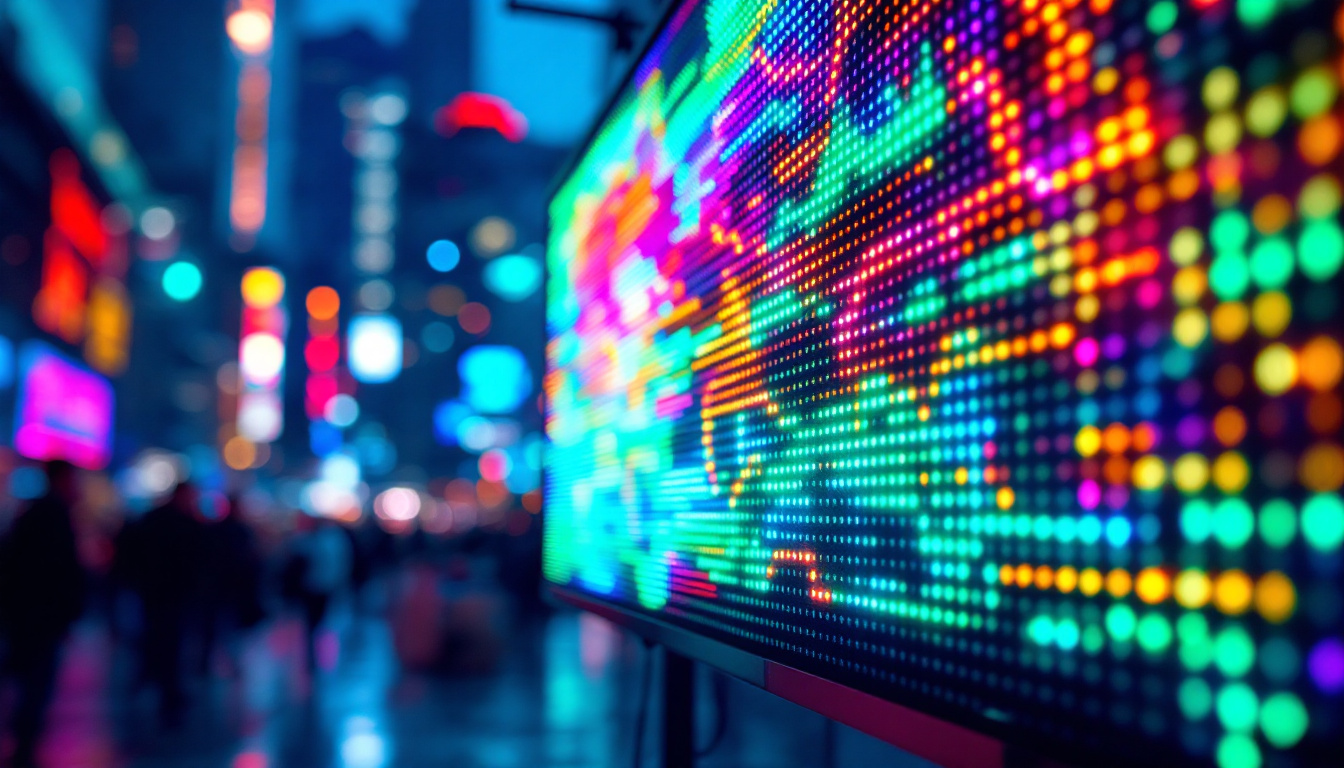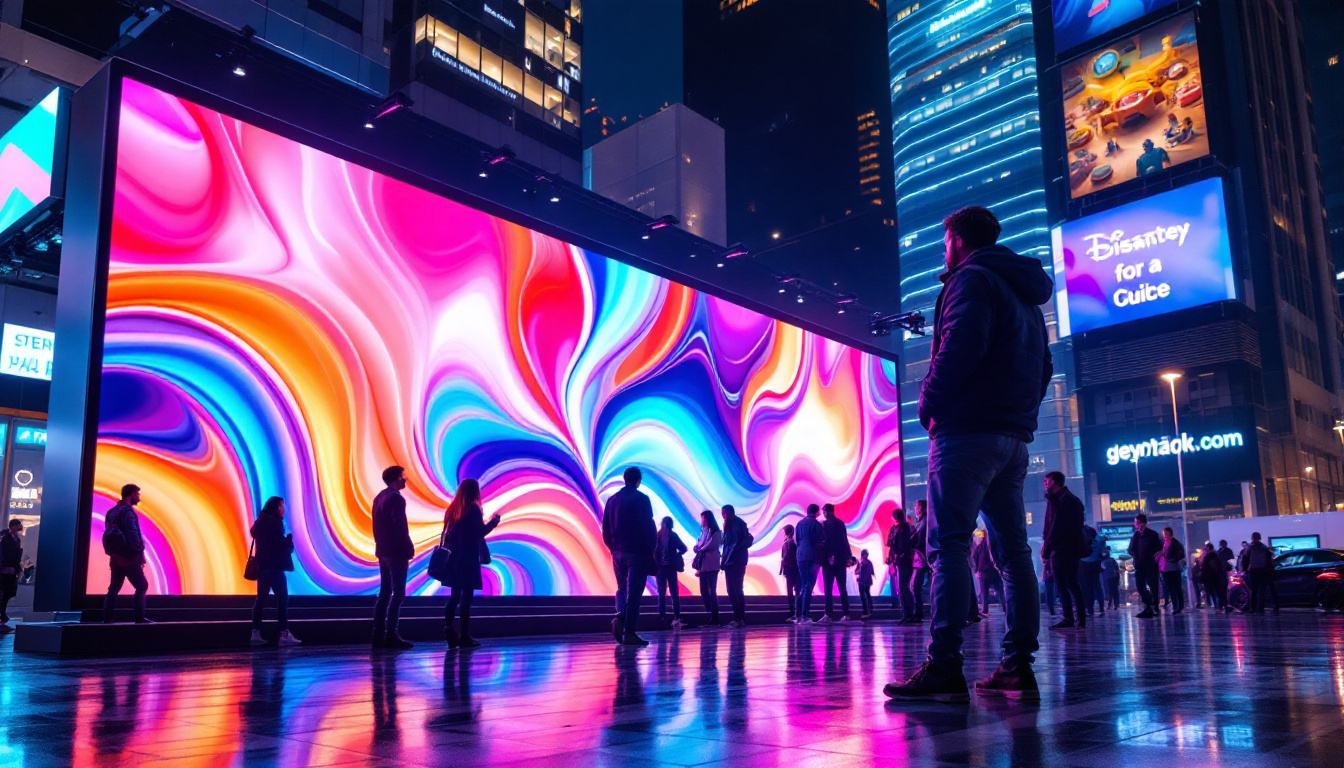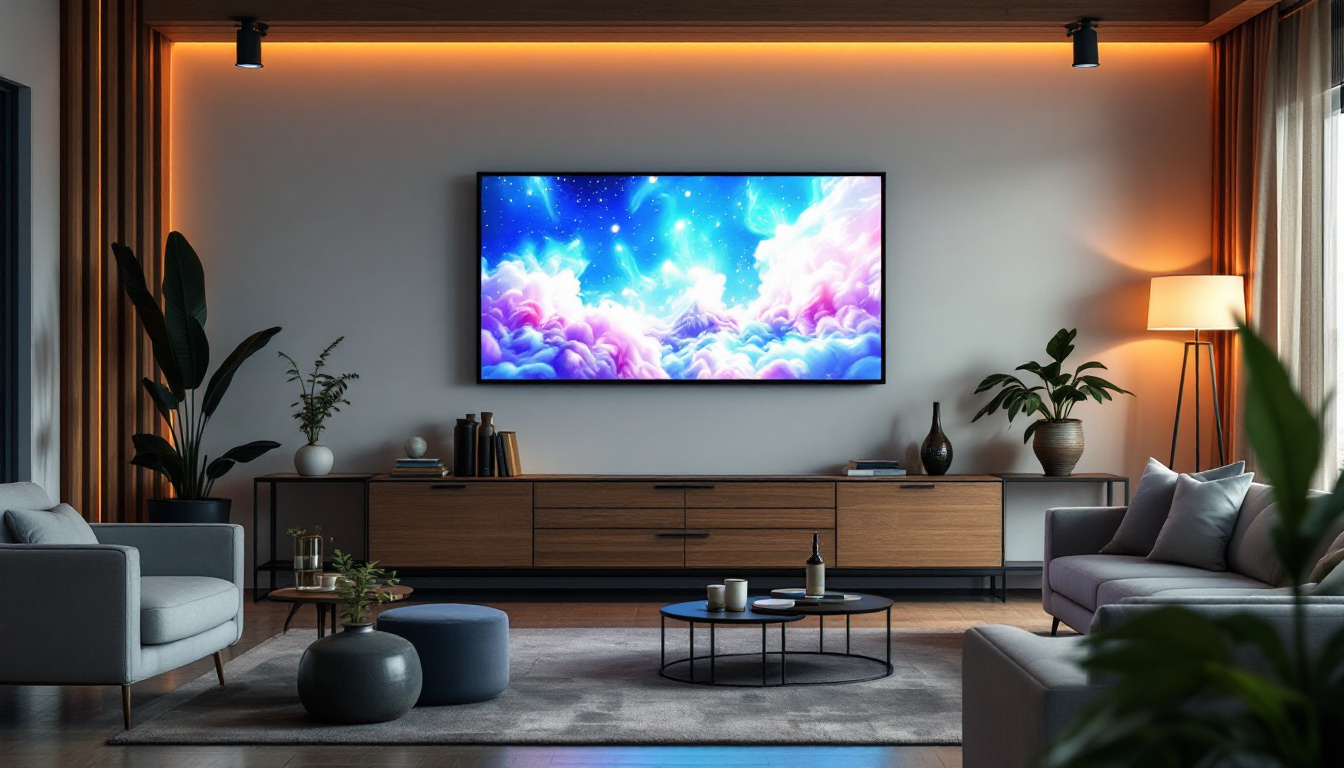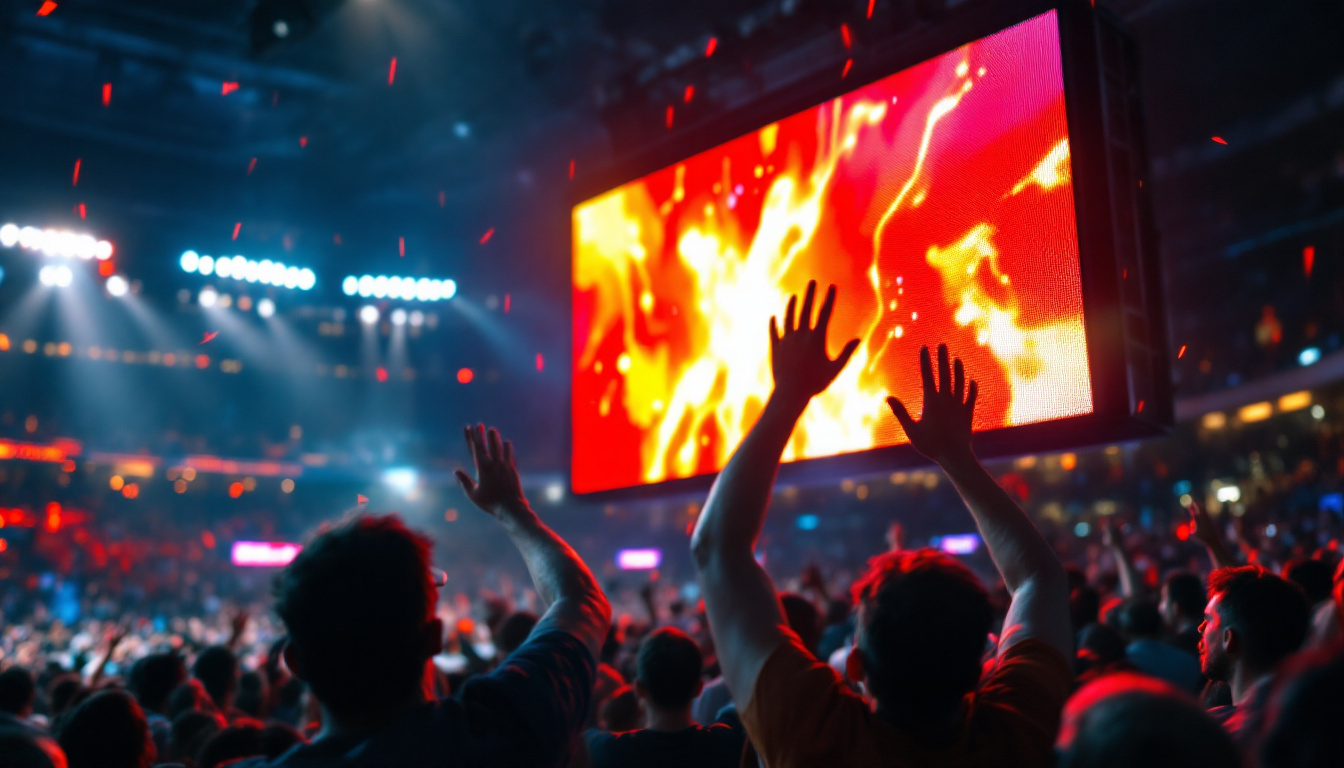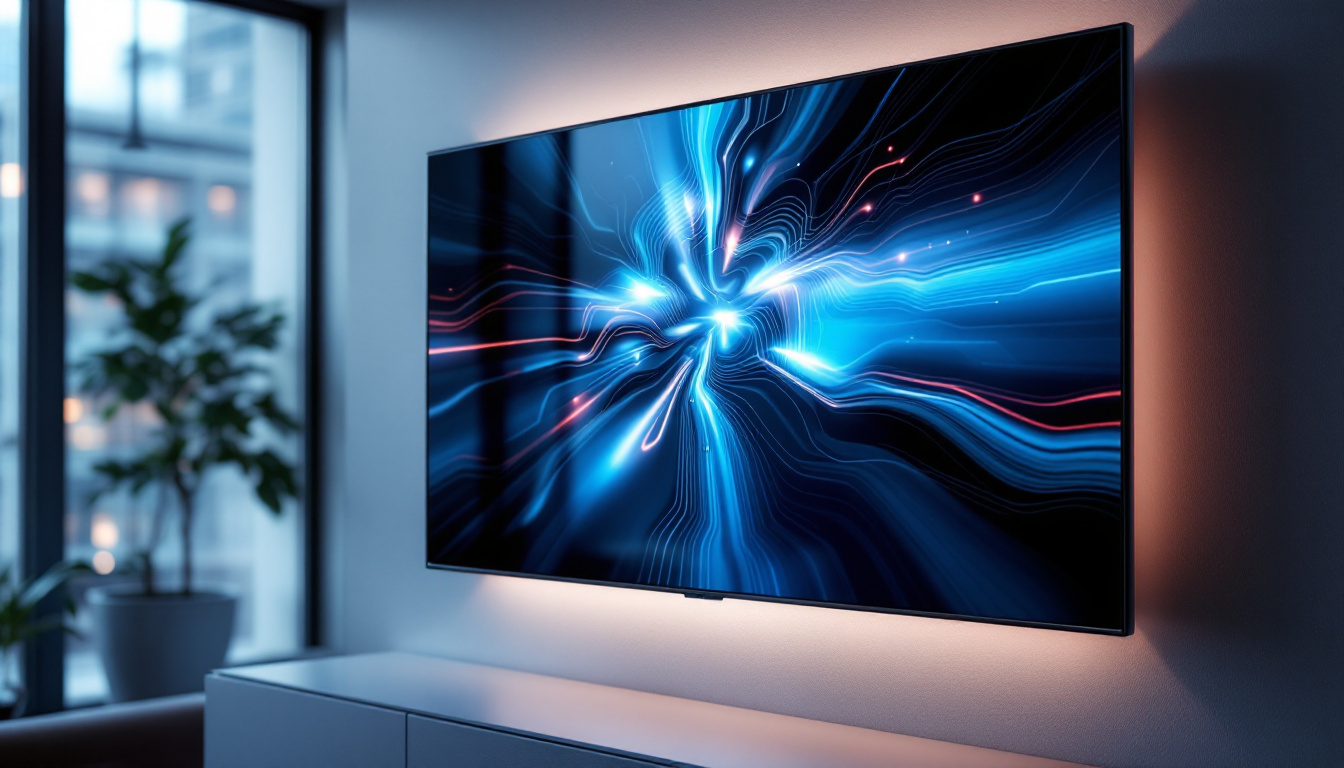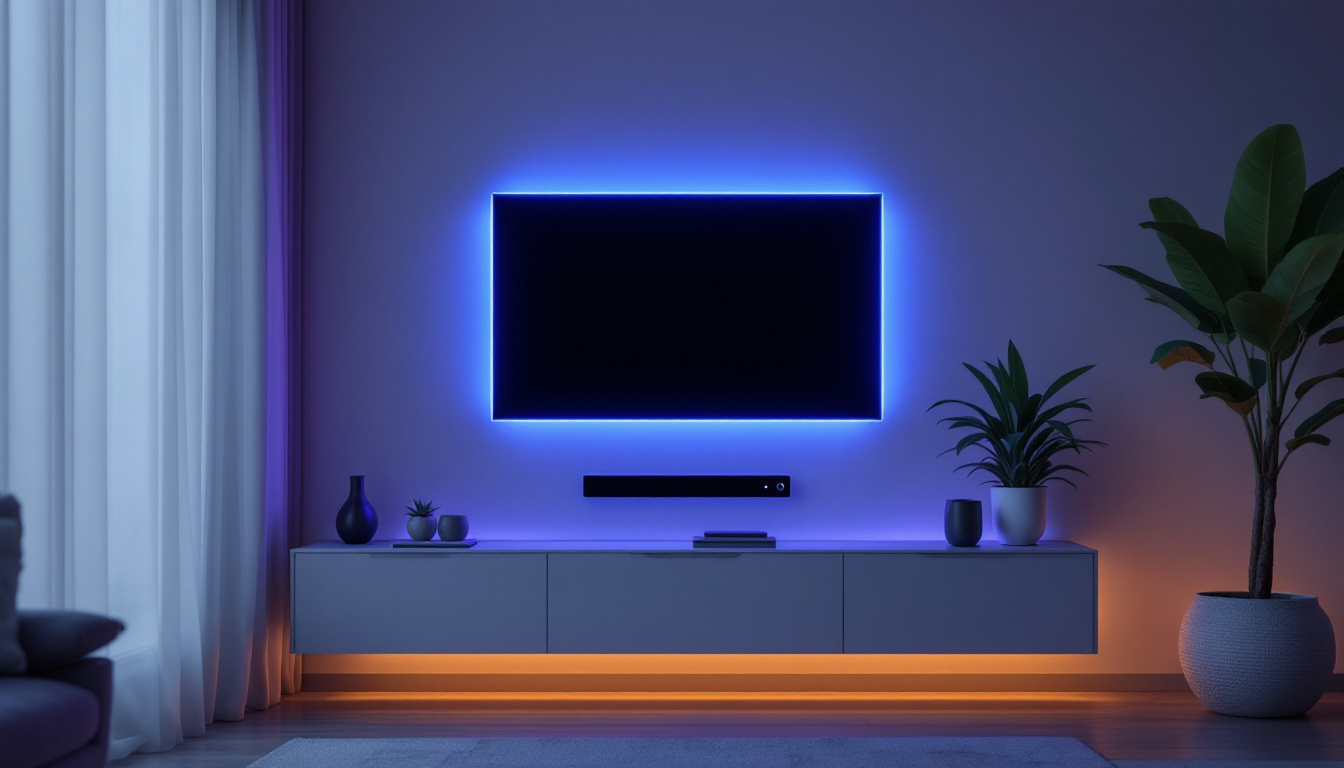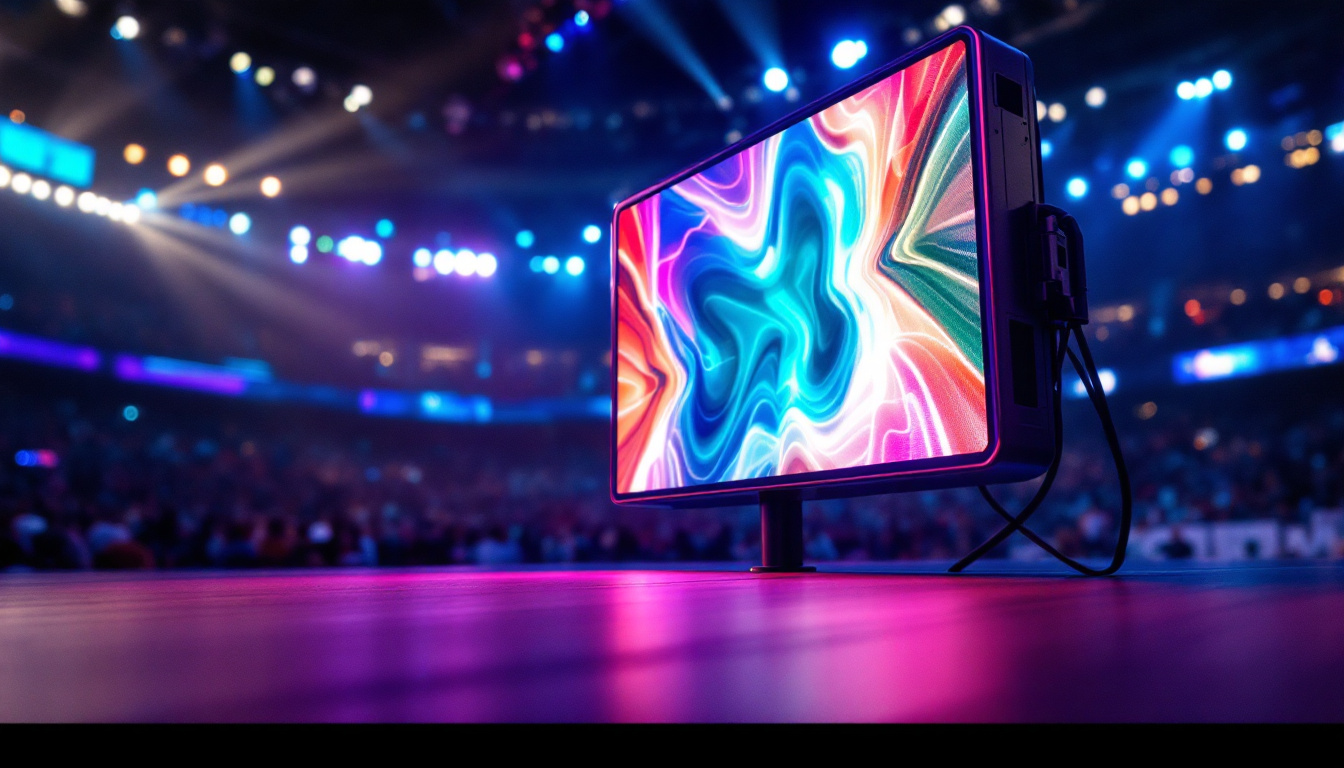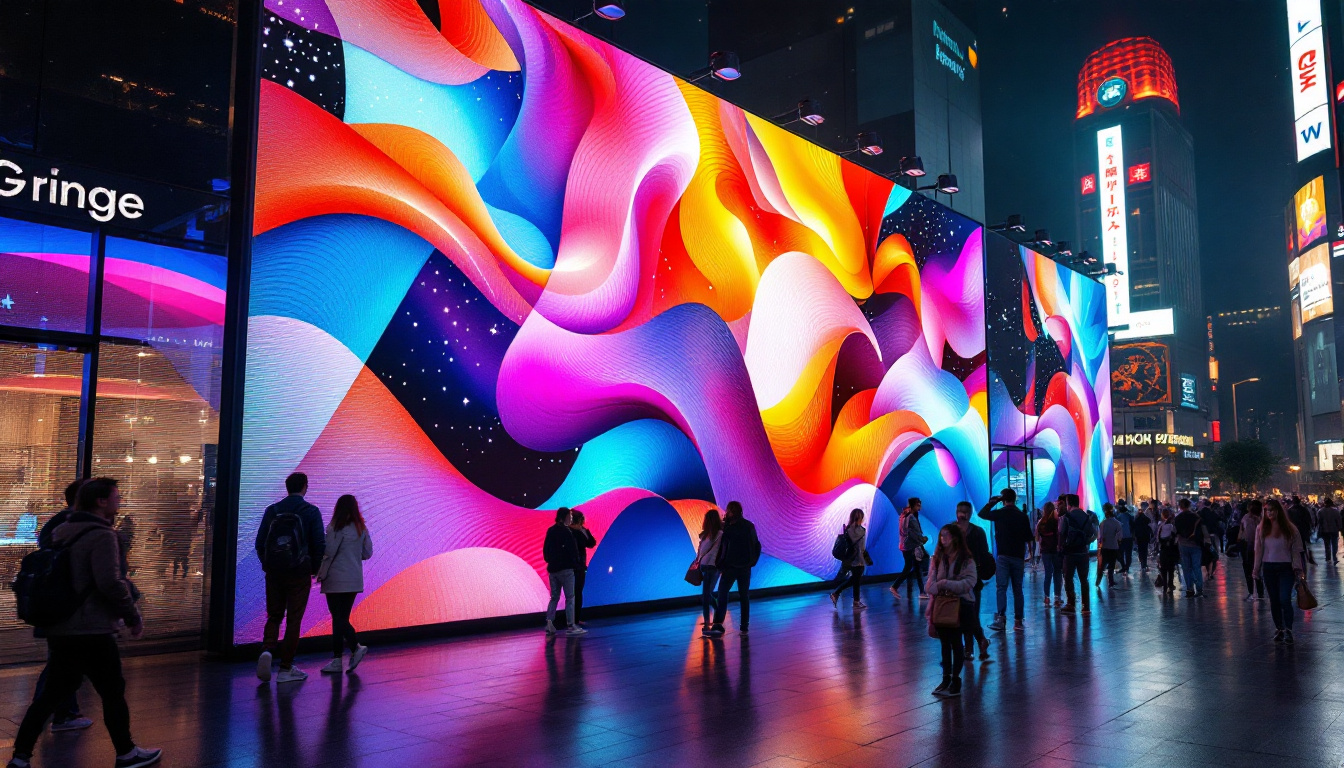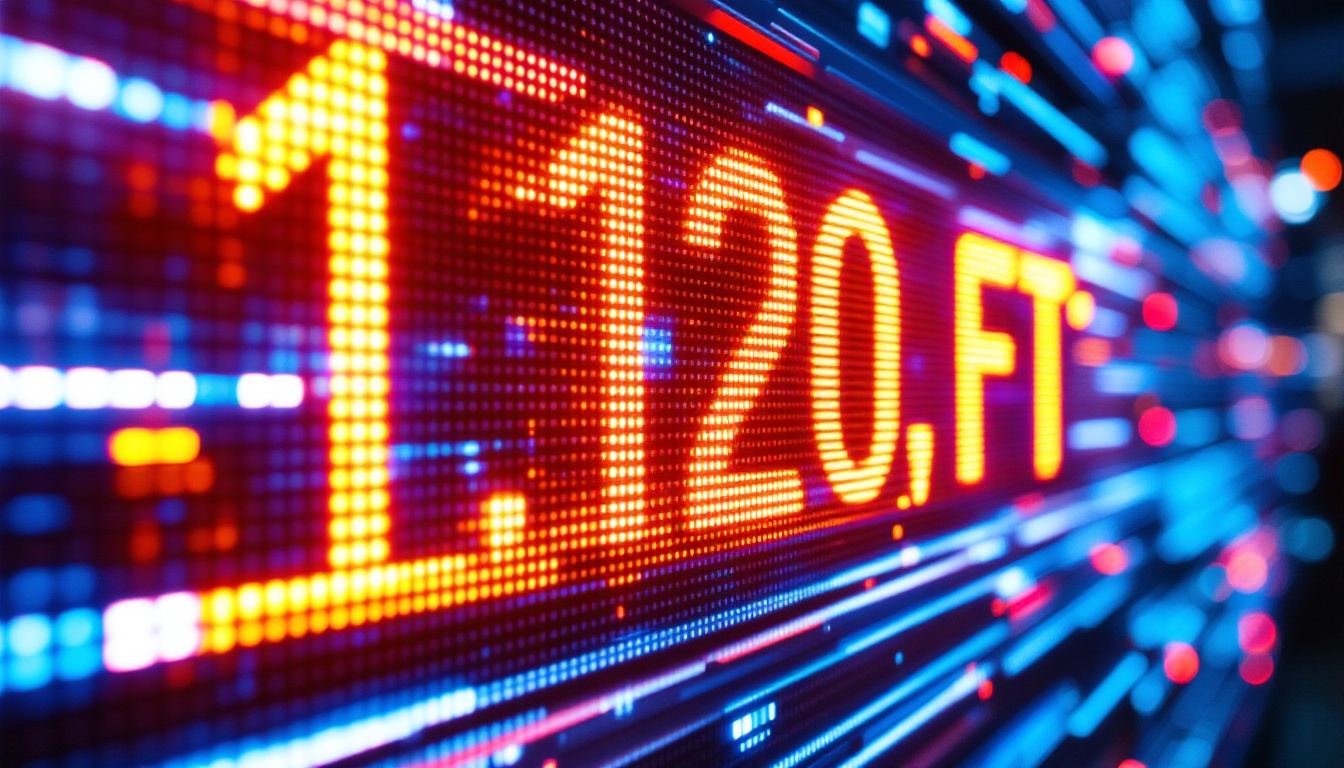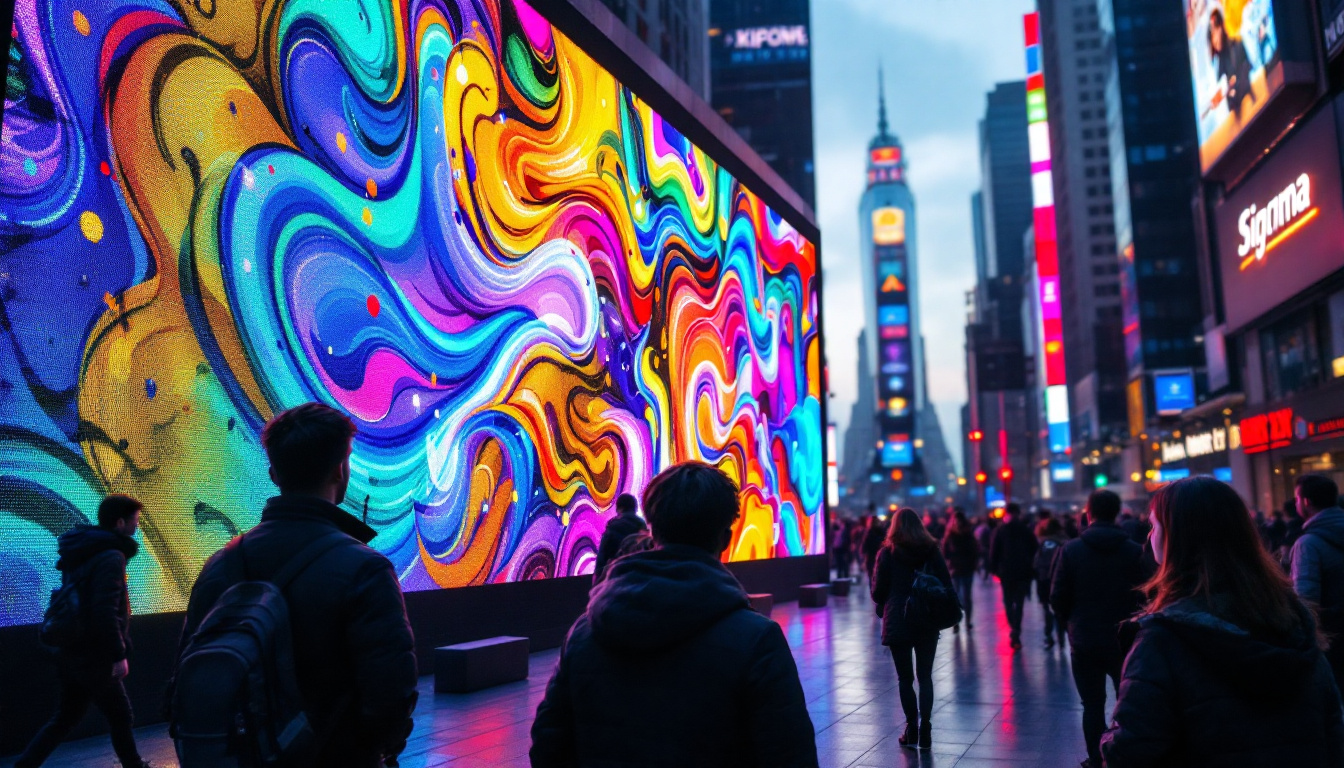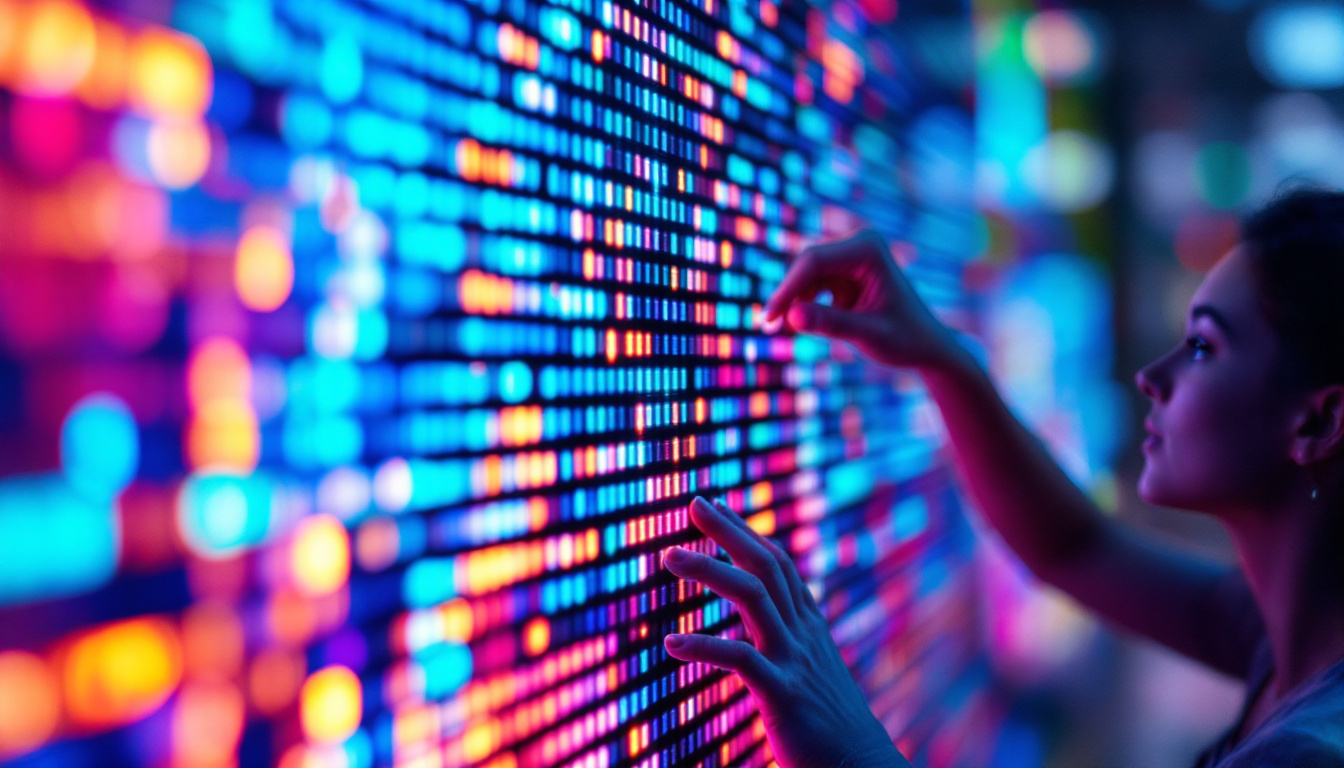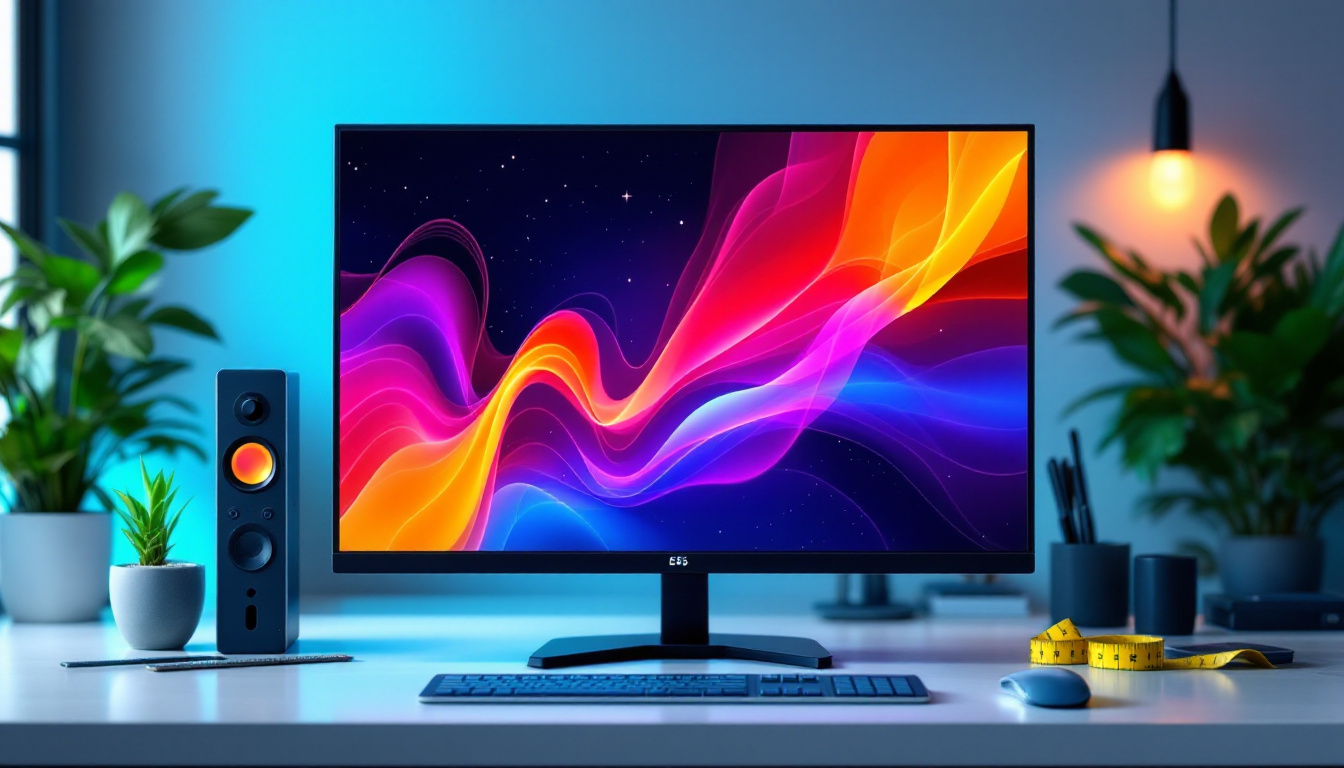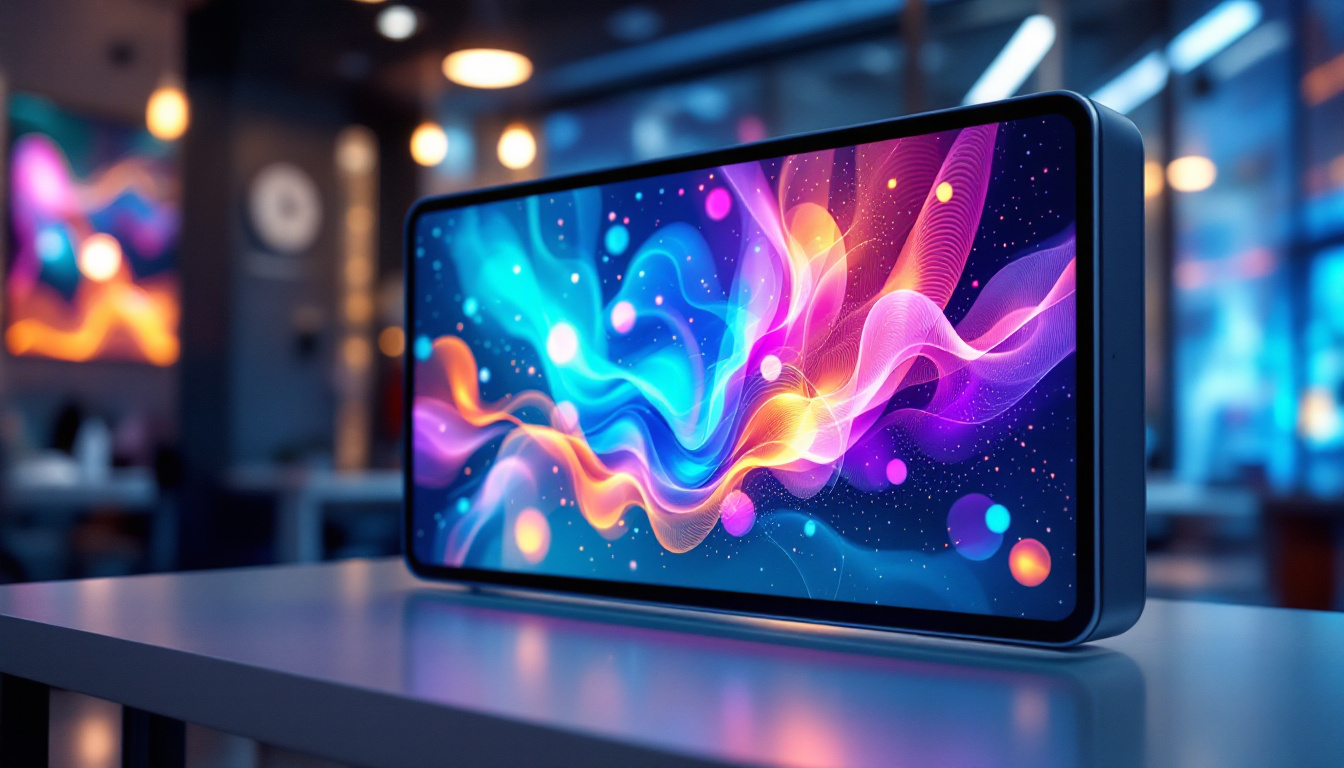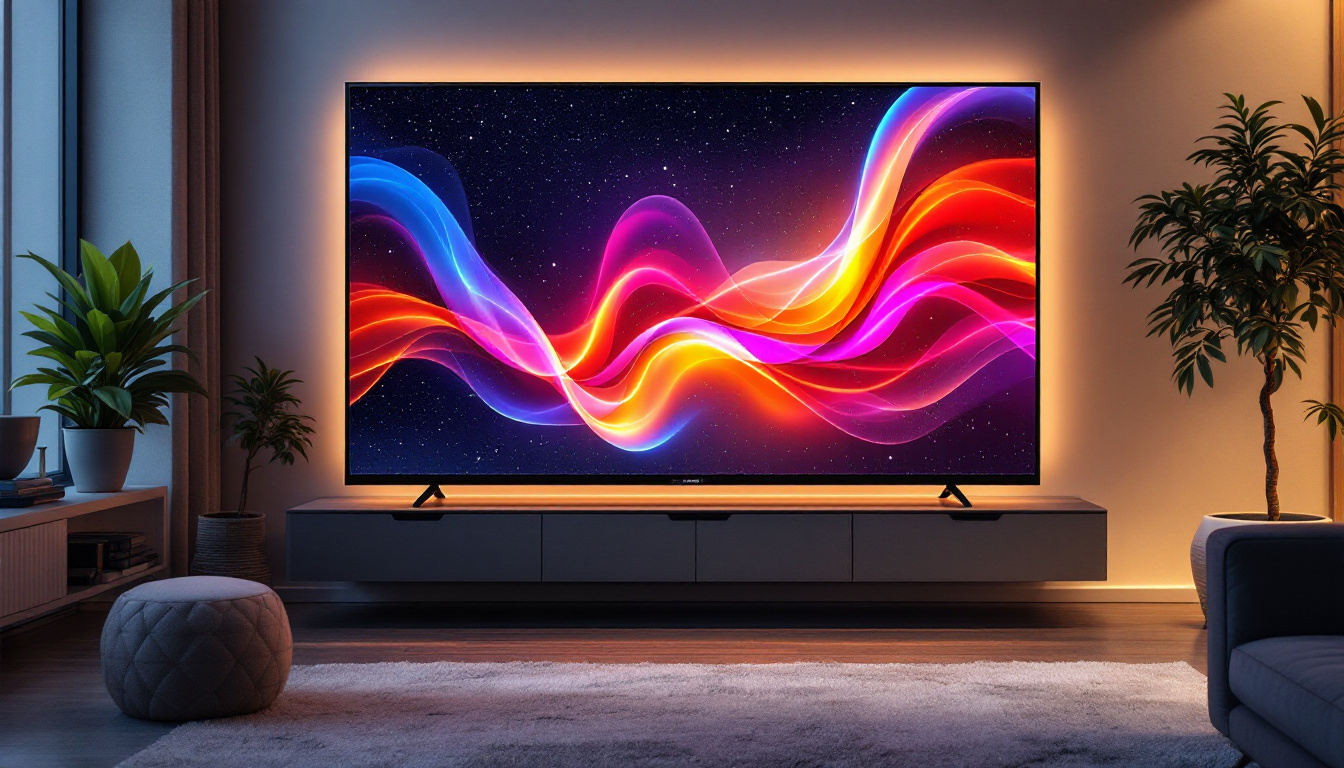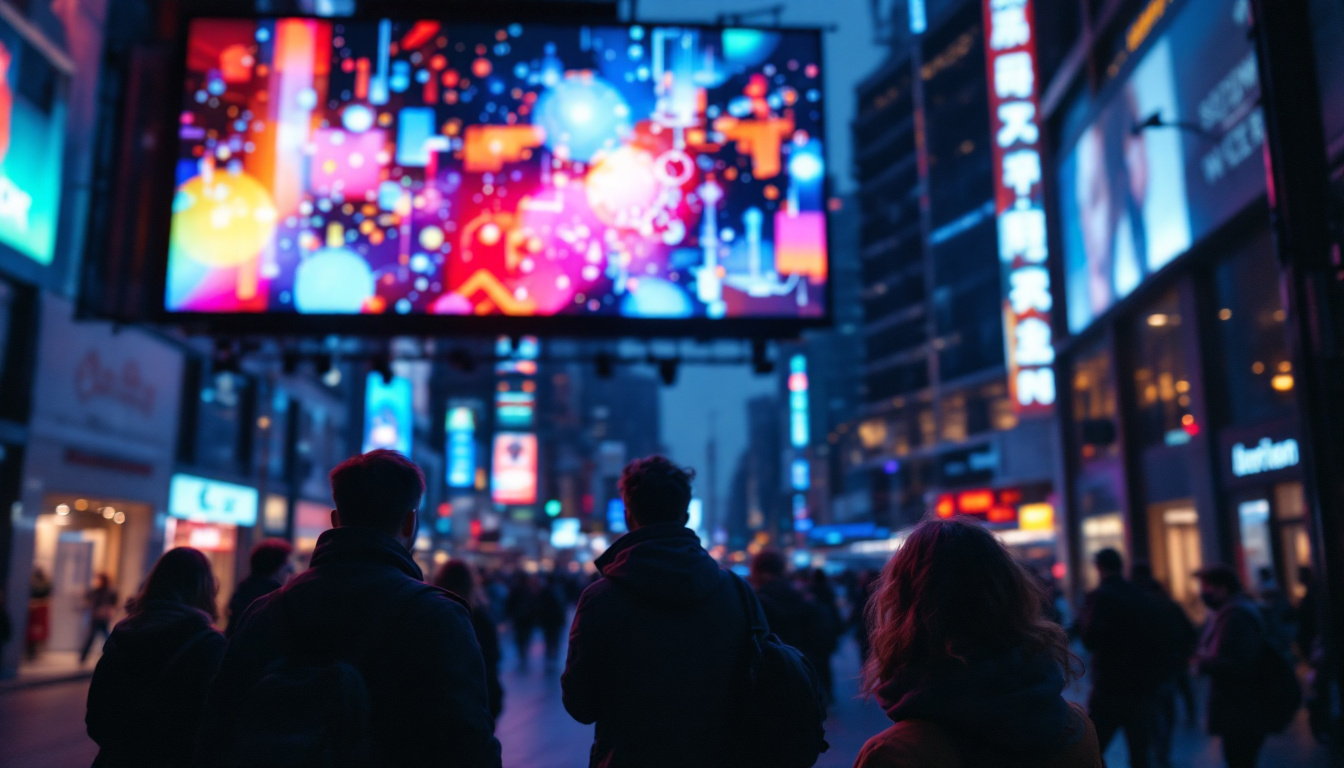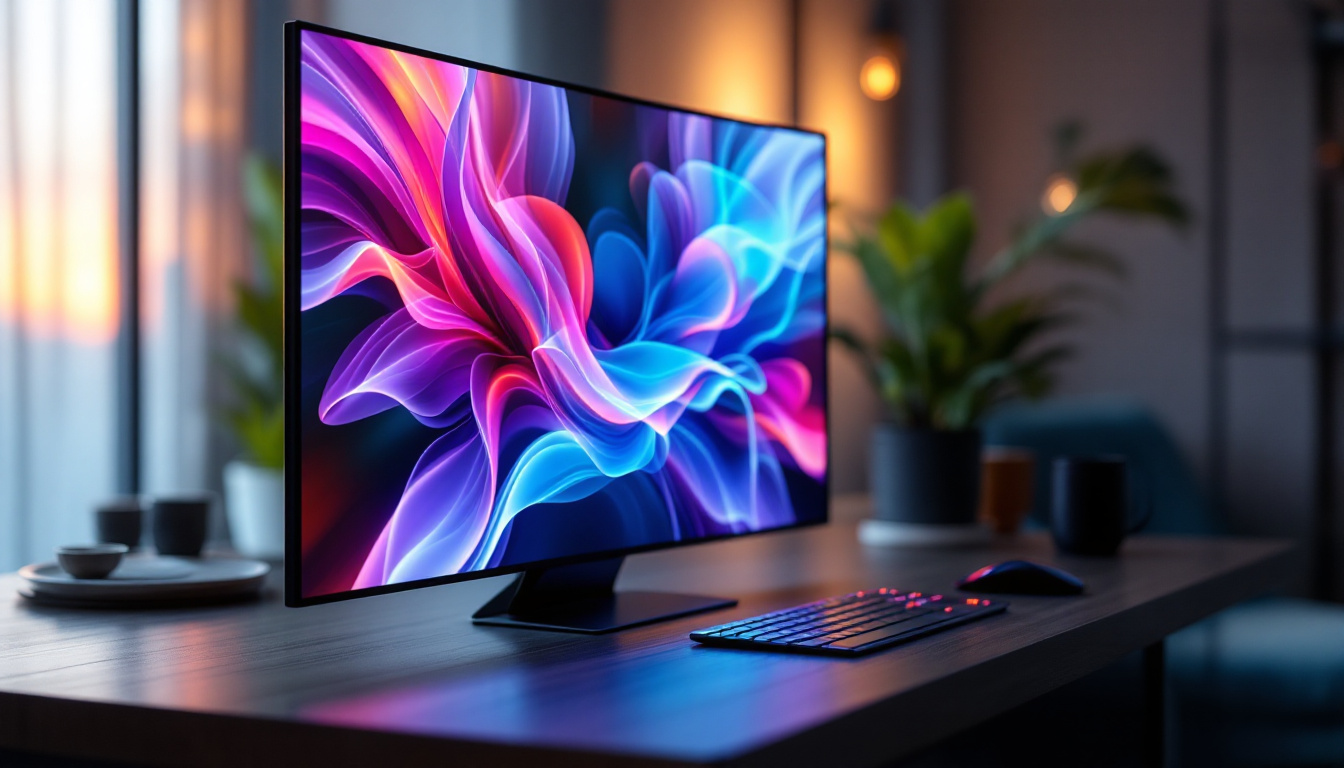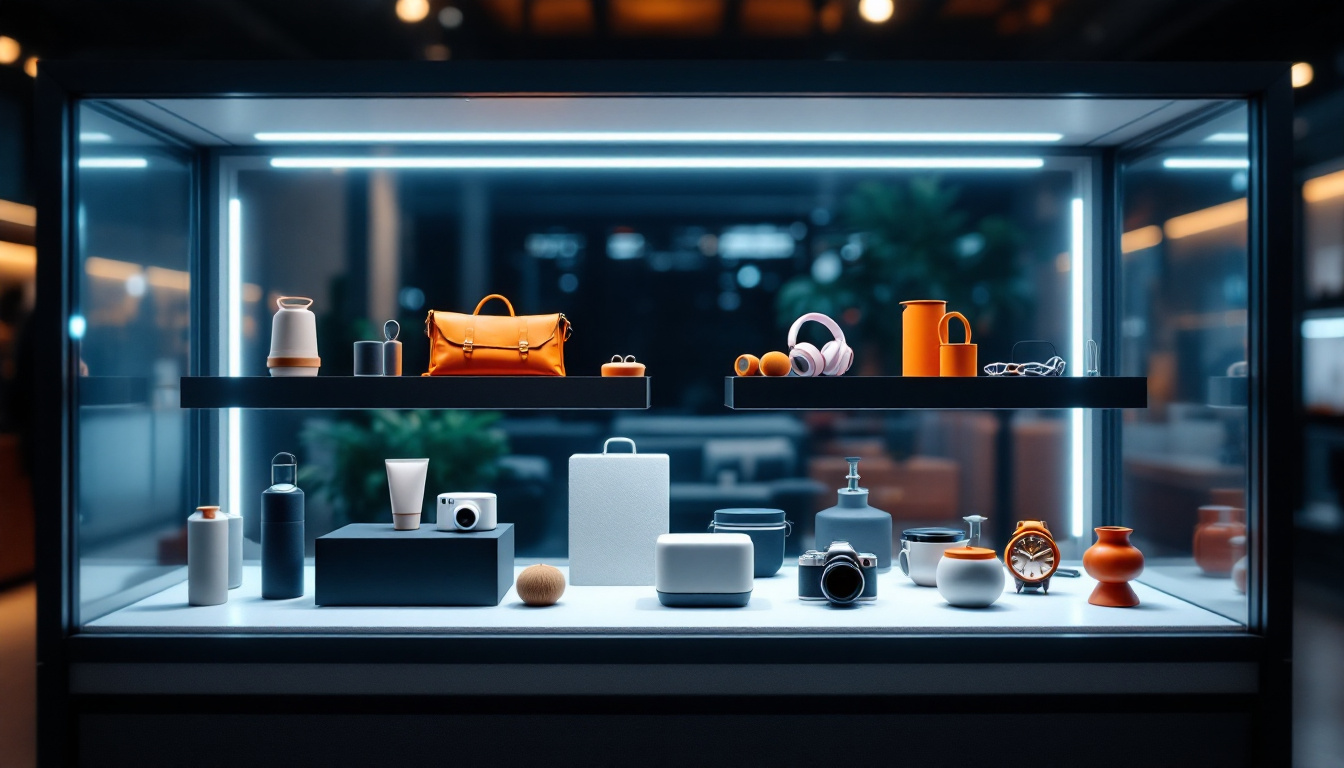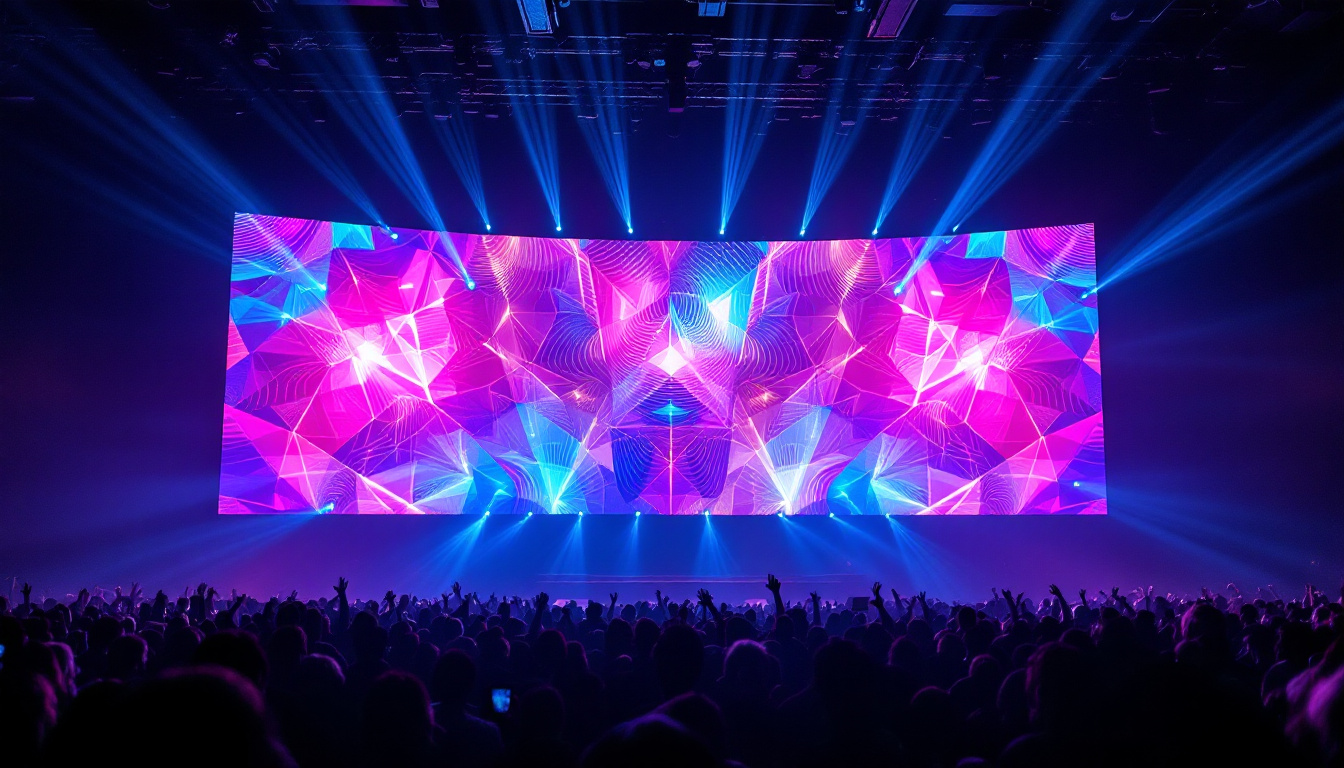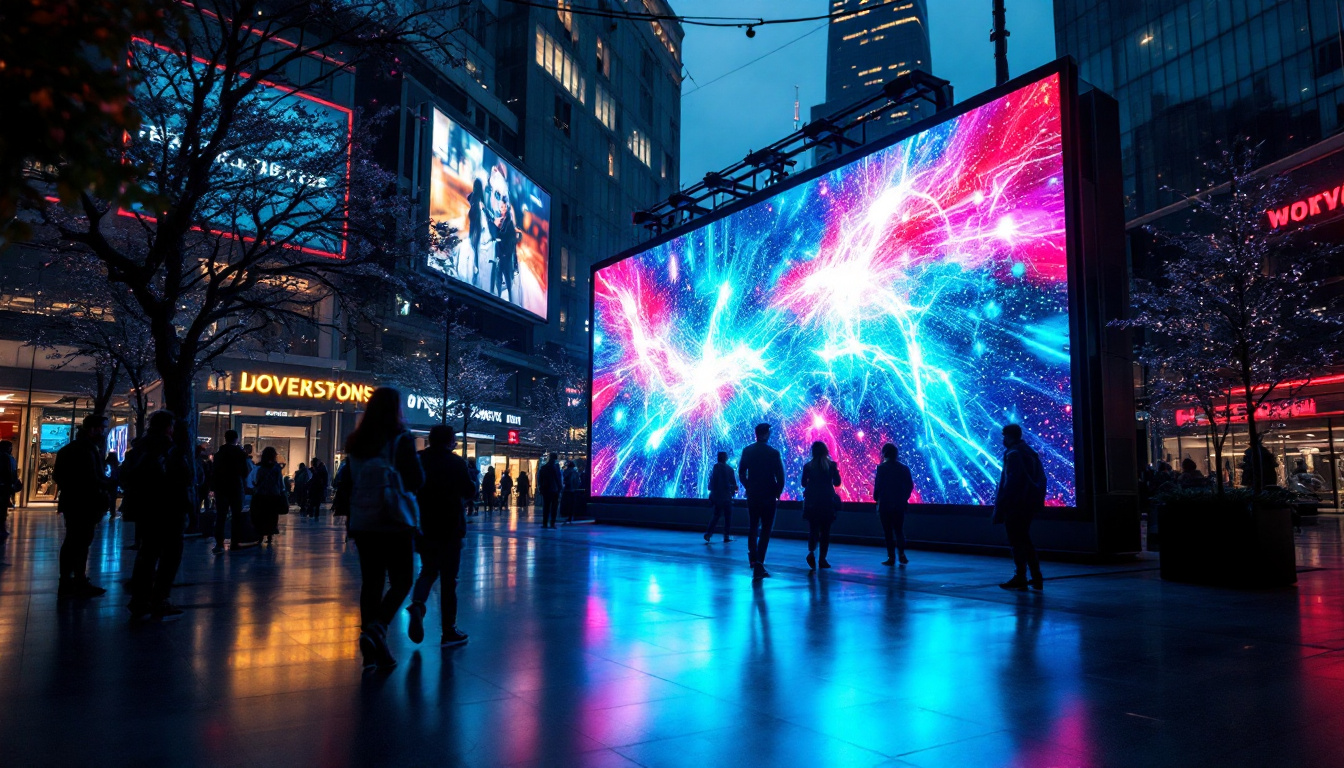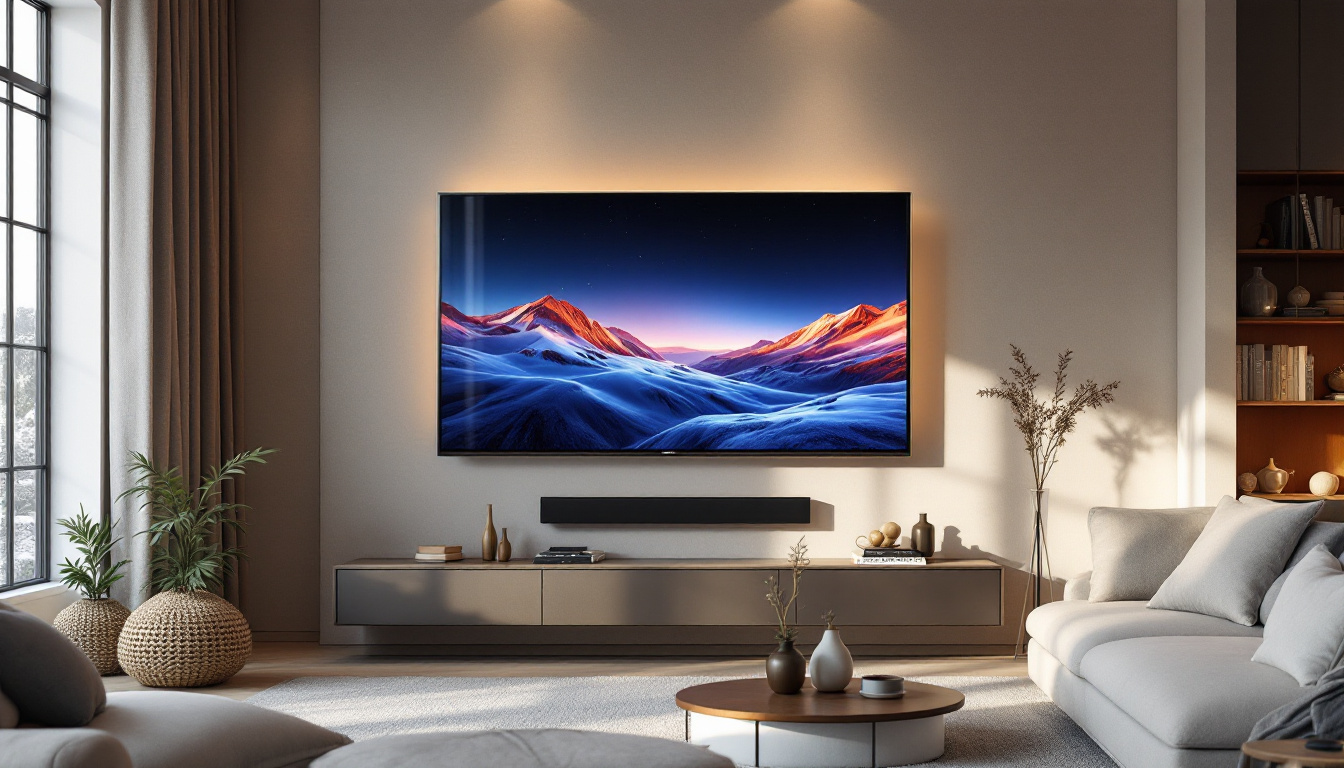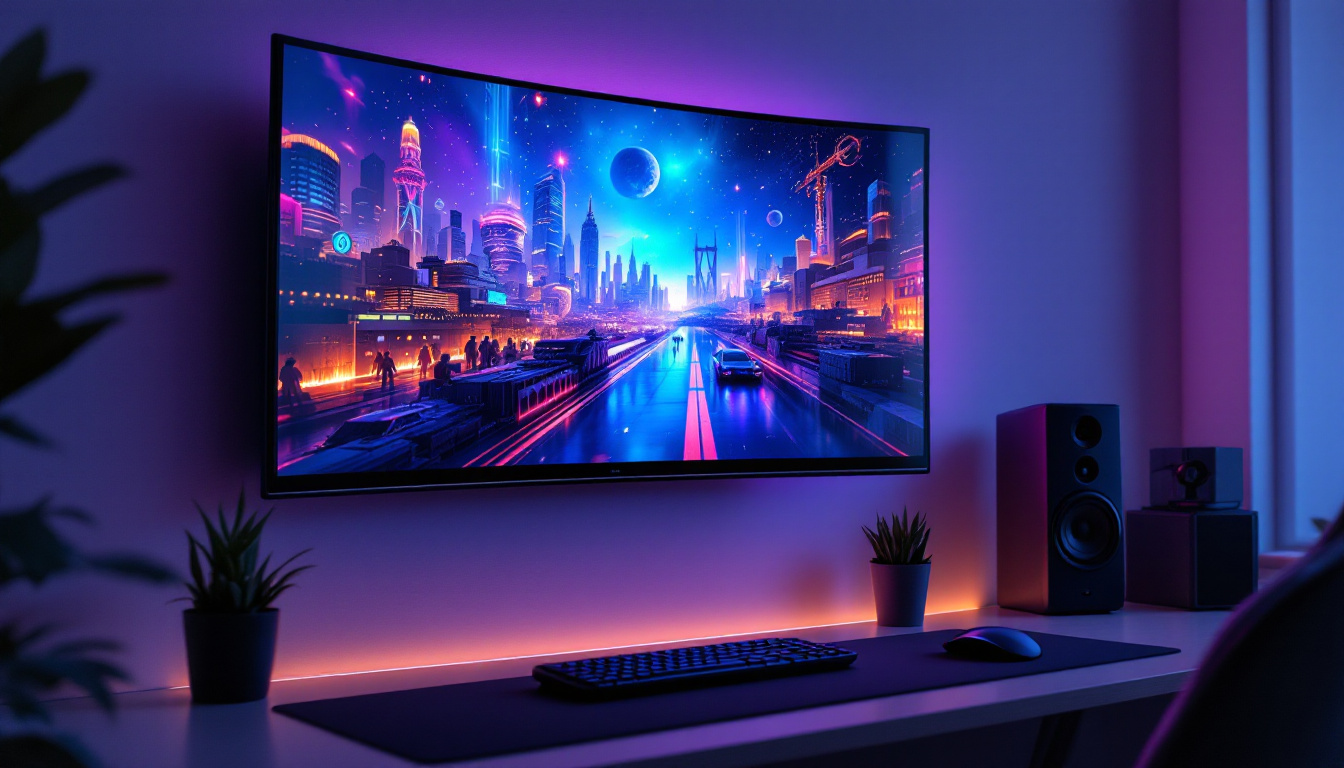Led Screen Panel: LED Display Explained
In the world of modern technology, LED displays have become ubiquitous, transforming the way information is presented across various platforms. From advertising billboards to television screens, LED (Light Emitting Diode) technology has revolutionized visual communication. This article delves into the intricacies of LED screen panels, exploring their functionality, types, applications, and advantages.
Understanding LED Technology
LED technology is based on the principle of electroluminescence, where a semiconductor emits light when an electric current passes through it. This simple yet effective mechanism is the backbone of LED displays, allowing for vibrant colors and high brightness levels. The evolution of LED technology has transformed various industries, from consumer electronics to automotive lighting, showcasing its versatility and efficiency.
How LEDs Work
At the core of an LED display are tiny diodes that emit light. When voltage is applied, electrons recombine with holes within the device, releasing energy in the form of photons. This process is highly efficient, resulting in lower energy consumption compared to traditional lighting methods. The lifespan of LEDs is also significantly longer, often exceeding 25,000 hours, which reduces the need for frequent replacements and contributes to lower maintenance costs.
LEDs can produce a wide spectrum of colors by varying the composition of the semiconductor material. By combining red, green, and blue (RGB) diodes, full-color displays can be achieved, making them ideal for dynamic visual content. Additionally, advancements in technology have led to the development of white LEDs, which utilize a blue LED with a phosphor coating to emit a broad spectrum of light, making them suitable for general lighting applications.
Types of LED Displays
LED displays come in various forms, each designed for specific applications. The most common types include:
- Direct View LED Displays: These displays consist of individual LED modules that are directly visible to the viewer. They are often used in large outdoor screens and digital billboards, where their brightness and visibility in daylight conditions are crucial for effective advertising and information dissemination.
- LED Backlit Displays: These screens use LEDs as a backlight for LCD panels. This combination enhances brightness and contrast, making it popular for televisions and computer monitors. The use of LED backlighting also allows for thinner screen designs, catering to the modern consumer’s preference for sleek and lightweight devices.
- MicroLED Displays: A newer technology, MicroLEDs consist of microscopic LEDs that can be individually controlled, offering superior color accuracy and flexibility in screen size. This innovation opens up possibilities for modular displays that can be customized to fit various environments, from large-scale installations to personal devices.
In addition to these types, there are also OLED (Organic LED) displays, which utilize organic compounds to emit light and provide deeper blacks and higher contrast ratios. While OLED technology has its own advantages, LEDs remain a popular choice due to their durability and energy efficiency. As research continues, the integration of LED technology into smart systems and IoT devices is expected to further enhance their functionality, paving the way for smarter and more interactive displays in the future.
Applications of LED Displays
The versatility of LED displays allows them to be used in a myriad of applications across different industries. Their ability to deliver high-quality visuals makes them an excellent choice for both indoor and outdoor settings.
Advertising and Marketing
One of the most prominent uses of LED displays is in advertising. Digital billboards and signage can display dynamic content, attracting attention and engaging consumers effectively. The ability to change advertisements in real-time allows businesses to adapt their marketing strategies on the fly, maximizing impact. Moreover, the integration of sensors and data analytics with LED displays can further enhance targeted advertising. For instance, businesses can tailor their content based on the demographics of the audience present, ensuring that the message resonates with viewers and increases conversion rates.
Entertainment and Events
In the entertainment industry, LED screens are a staple at concerts, festivals, and sporting events. Large LED screens provide audiences with a clear view of performances, enhancing the overall experience. Additionally, they are used in stage backdrops and immersive installations, creating captivating visual environments. The technology also allows for innovative uses such as live streaming and interactive displays, where audiences can participate in real-time polls or social media interactions. This not only boosts engagement but also creates a sense of community among attendees, making events more memorable and enjoyable.
Corporate and Educational Use
LED displays are increasingly being utilized in corporate settings for presentations, meetings, and training sessions. Their clarity and brightness ensure that information is conveyed effectively, even in well-lit environments. In educational institutions, LED screens facilitate interactive learning experiences, making lessons more engaging for students. Furthermore, these displays can be used to showcase student projects, announcements, or even live feeds from events happening around the campus, fostering a vibrant school culture. The ability to integrate multimedia content—such as videos, animations, and interactive quizzes—into lessons can significantly enhance knowledge retention and stimulate student interest, paving the way for a more dynamic educational approach.
Advantages of LED Displays
LED displays offer numerous benefits that make them a preferred choice over traditional display technologies. Understanding these advantages can help in making informed decisions regarding display solutions.
Energy Efficiency
One of the most significant advantages of LED technology is its energy efficiency. LEDs consume significantly less power than traditional incandescent or fluorescent lights, leading to lower electricity bills and a reduced carbon footprint. This efficiency is particularly beneficial for large installations that operate continuously. Furthermore, the reduced energy consumption translates into less heat generation, which can enhance the longevity of the display and surrounding equipment, ultimately contributing to a more sustainable operation.
Longevity and Durability
LED displays have a longer lifespan compared to other display technologies. While traditional screens may last a few thousand hours, LED screens can operate for tens of thousands of hours without significant degradation in performance. Additionally, they are more resistant to shock and vibration, making them suitable for various environments. This durability is especially advantageous in outdoor settings, where displays are exposed to harsh weather conditions, including rain, snow, and extreme temperatures. The robust nature of LED technology ensures that these displays maintain their integrity and functionality over time, reducing the need for frequent replacements and maintenance.
High Brightness and Contrast
LED displays are known for their high brightness levels and excellent contrast ratios. This capability allows them to perform well in various lighting conditions, including direct sunlight. The vibrant colors and sharp images produced by LED technology enhance the viewer’s experience, making them ideal for both indoor and outdoor applications. Additionally, the ability to adjust brightness dynamically means that LED displays can optimize their performance based on ambient light conditions, ensuring that content remains clear and engaging at all times. This adaptability is particularly useful in advertising and public information displays, where visibility is crucial for capturing the attention of passersby.
Versatility in Design
Another remarkable advantage of LED displays is their versatility in design and application. They can be manufactured in various shapes and sizes, allowing for creative installations that can fit any space or aesthetic requirement. From large-scale digital billboards to intricate video walls and flexible displays that can curve or bend, the possibilities are virtually limitless. This adaptability not only enhances the visual appeal of a space but also allows for innovative advertising solutions that can captivate audiences in unique ways. Moreover, the modular nature of many LED systems means that they can be easily expanded or reconfigured, making them an excellent choice for businesses that anticipate growth or change in their display needs.
Challenges and Considerations
While LED displays offer numerous advantages, there are also challenges and considerations that need to be addressed. Understanding these factors can help users make better choices when selecting LED screen panels.
Initial Cost
The initial investment for LED technology can be higher than traditional display options. However, this cost is often offset by the long-term savings in energy consumption and maintenance. It is essential to consider the total cost of ownership when evaluating the feasibility of LED displays.
Heat Management
LED displays generate heat during operation, which can affect performance if not managed properly. Adequate cooling systems must be in place to prevent overheating, especially in large installations. This consideration is crucial for maintaining the longevity and reliability of the display.
Future of LED Display Technology
The future of LED display technology looks promising, with continuous advancements driving innovation and enhancing capabilities. As technology evolves, several trends are emerging that will shape the future of LED displays.
Integration with Smart Technology
As smart technology becomes more prevalent, LED displays are increasingly being integrated with IoT (Internet of Things) systems. This integration allows for real-time data display, remote management, and interactive features that enhance user engagement. Smart LED displays can adapt content based on audience behavior, making them more effective for advertising and communication.
Advancements in MicroLED and MiniLED
MicroLED and MiniLED technologies are set to revolutionize the display market. These advancements offer improved color accuracy, higher resolutions, and greater flexibility in screen design. As manufacturing processes become more refined, these technologies will likely become more accessible and affordable for consumers and businesses alike.
Environmental Sustainability
With growing concerns about environmental sustainability, the LED industry is focusing on creating eco-friendly products. This includes using recyclable materials, reducing energy consumption, and minimizing waste during production. As consumers become more environmentally conscious, sustainable LED displays will gain traction in the market.
Conclusion
LED screen panels have transformed the way visual information is presented across various sectors. Their energy efficiency, longevity, and vibrant display capabilities make them an attractive option for a wide range of applications. While challenges such as initial costs and heat management exist, the benefits far outweigh these concerns.
As technology continues to advance, the future of LED displays promises even greater innovations, integrating smart features and enhancing sustainability. Whether for advertising, entertainment, or educational purposes, LED displays are poised to remain a crucial element in the visual communication landscape.
Discover LumenMatrix’s Innovative LED Solutions
Ready to elevate your visual communication with cutting-edge LED technology? Explore LumenMatrix’s comprehensive range of LED display solutions, designed to captivate your audience and amplify your message. From vibrant Indoor LED Walls to dynamic Outdoor LED Displays, and from mobile Vehicle LED Displays to interactive Floor LED solutions, LumenMatrix offers custom and all-in-one options to fit any application. Experience the future of digital signage with our LED Transparent Displays and other innovative products. Check out LumenMatrix LED Display Solutions today and transform your space into a visually stunning environment.

